Manaslu Trek in June- The Manaslu Circuit Trek is a hidden gem nestled in the majestic Himalayas of Nepal. With its awe-inspiring vistas, cultural encounters, and challenging terrain, it offers a unique and off-the-beaten-path trekking experience.
In this blog post, we will explore the highlights, weather, flora, fauna, surroundings, gear, crowd, festivals, transportation options from Manaslu to Kathmandu, side treks, and the difficulty level of trekking Manaslu in June.
Highlights of Manaslu Trek
Breathtaking Mountain Views
Manaslu Trek in June- The Manaslu region offers stunning panoramic views of snow-capped peaks, including Manaslu itself (the eighth-highest mountain in the world), Ganesh Himal, Himlung Himal, and Annapurna II.
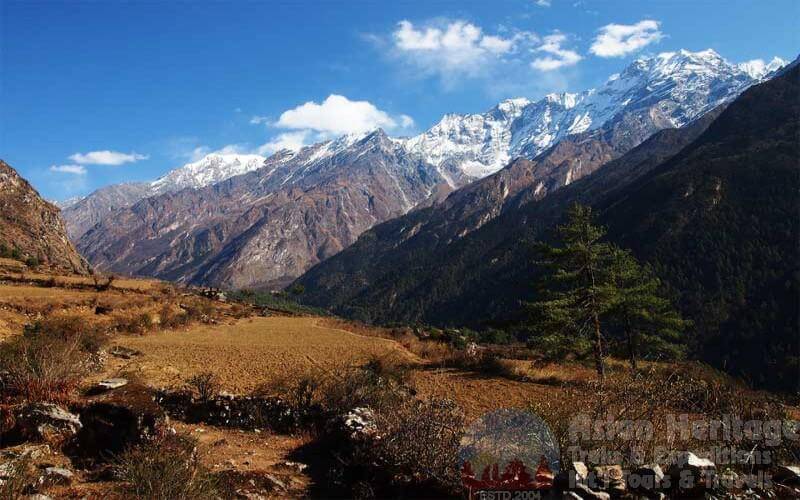
Rich Cultural Encounters
Trekking through traditional Nepalese villages and interacting with friendly locals provides an immersive cultural experience. You will encounter the unique lifestyle, traditions, and warm hospitality of the indigenous people, predominantly the Tibetan-influenced Gurungs and Tamangs.
Pristine Natural Beauty
Manaslu Trek in June- Manaslu is known for its untouched landscapes, deep gorges, lush forests, and pristine rivers. The trail takes you through diverse terrain, including rhododendron forests, terraced fields, and high alpine passes.
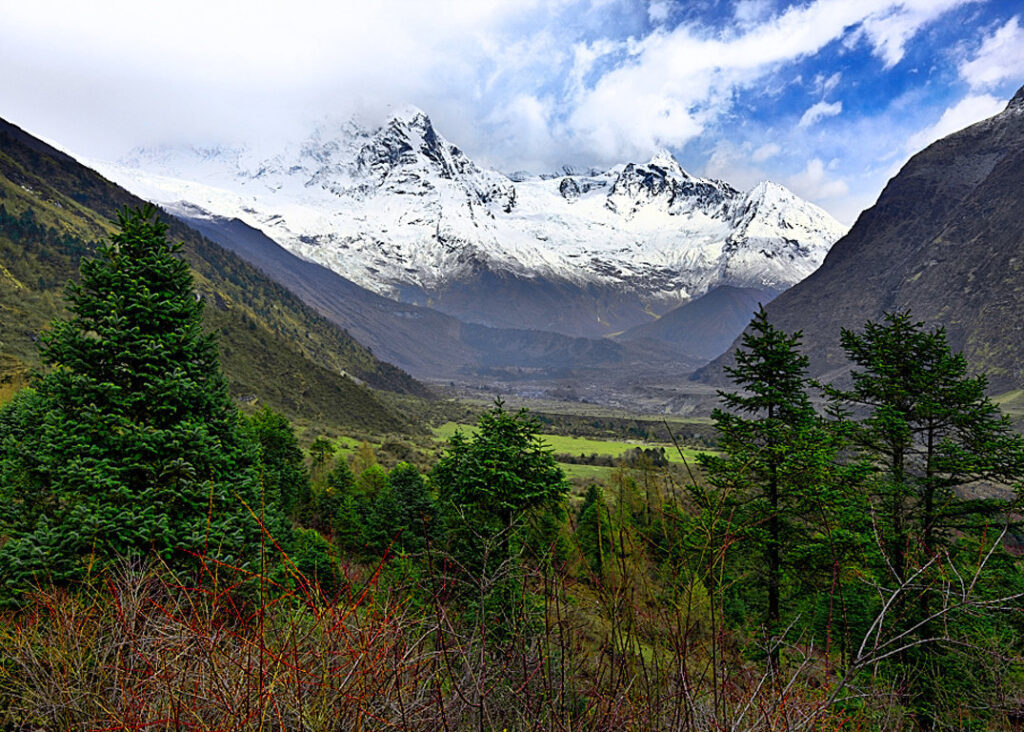
Tsum Valley
If you have extra time, you can extend your trek to explore the hidden gem of Tsum Valley, known for its ancient Buddhist monasteries, remote villages, and fascinating local culture.
Weather of Manaslu Trek in June
Manaslu Trek in June- June falls within the monsoon season in Nepal, so be prepared for occasional rainfall during your trek. The weather is generally warm, with daytime temperatures ranging from 15°C to 25°C (59°F to 77°F) at lower elevations. However, temperatures drop as you ascend, and it can be colder at higher altitudes. It’s essential to pack appropriate clothing and gear for both warm and cold weather conditions.
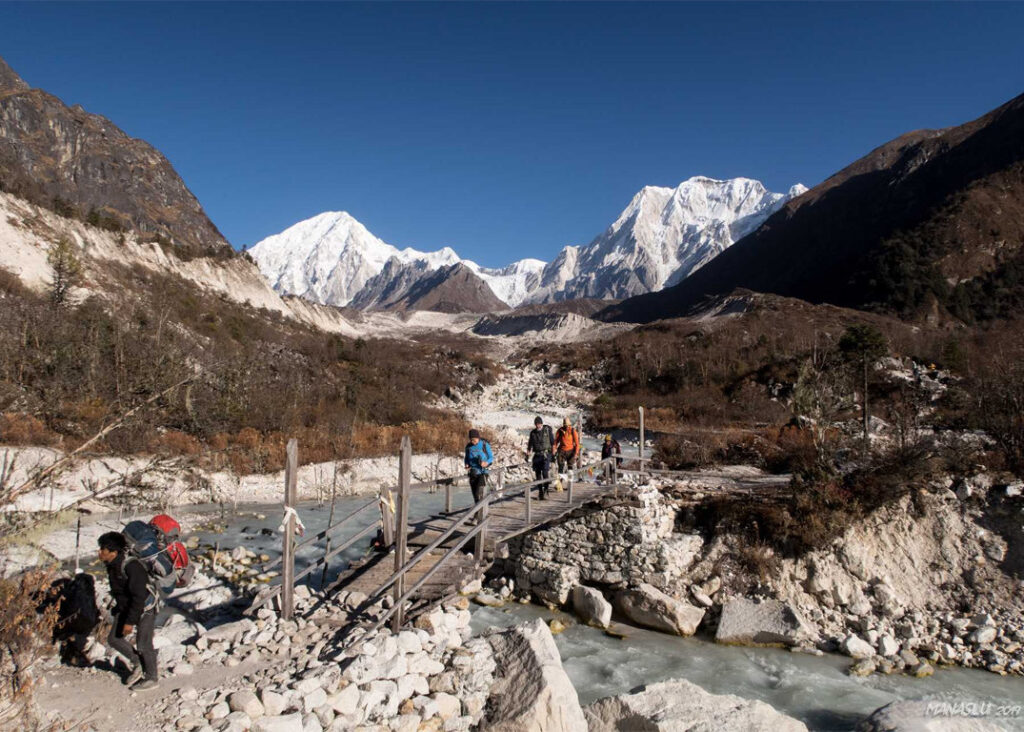
June falls within the monsoon season in Nepal, and as such, it is important to be prepared for varying weather conditions during your trek. Here are some key aspects of the weather you can expect:
Rainfall
June is known for occasional rainfall, especially during the afternoons and evenings. Rain showers can be expected, and it’s important to have proper rain gear, including a waterproof jacket, pants, and a rain cover for your backpack. It is advisable to start your trek early in the day to make the most of the drier mornings.
Cloud Cover
Manaslu Trek in June- The monsoon season brings clouds and mist to the region, which can partially obscure mountain views. However, the clouds also create a unique and mystical atmosphere, adding an element of drama and beauty to the landscapes.
Also Read: Manaslu Trek in May
There may still be periods of clear skies, especially in the mornings, when you can enjoy stunning mountain vistas.
Humidity
The monsoon season brings increased humidity to the region. The air can feel heavy and damp, particularly after rainfall. It is essential to choose moisture-wicking and breathable clothing to stay comfortable and prevent excessive sweating.
Green Landscapes of Manaslu Trek in June
Manaslu Trek in June- The monsoon rains nourish the land, resulting in lush, green landscapes along the Manaslu trail. The hillsides come alive with vibrant vegetation, and the forests flourish with blooming flowers and dense foliage. The rain transforms the surroundings into a picturesque, verdant paradise.
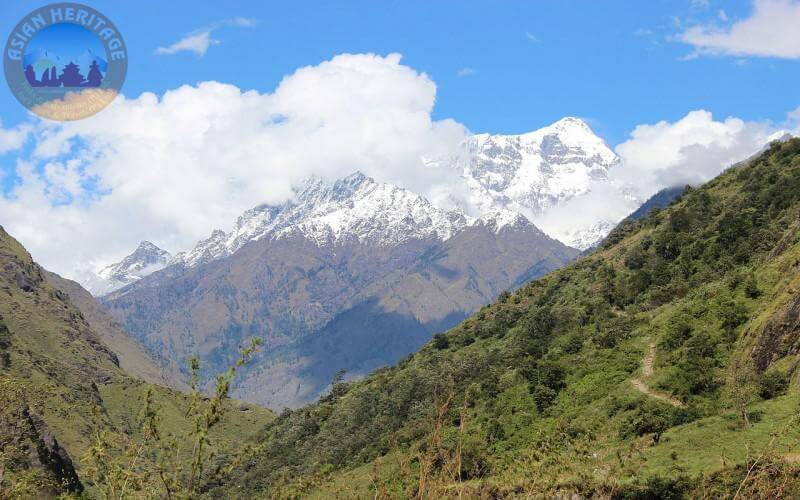
Despite the occasional rain and cloud cover, trekking Manaslu in June has its own unique charm. The landscapes are incredibly scenic, with misty mountains, vibrant flora, and gushing waterfalls. The quieter trails and the chance to experience local festivals add to the allure of the journey. Just be prepared with the appropriate gear and a positive mindset to embrace the monsoon season and make the most of the enchanting beauty that unfolds along the Manaslu Circuit Trek.
Flora and Fauna
Manaslu Trek in June- The Manaslu region boasts rich biodiversity. During your trek, you will witness a variety of flora, including lush forests of pine, oak, and rhododendron, especially in the lower regions. Keep an eye out for wildlife such as the elusive snow leopard, musk deer, Himalayan marmots, and various species of birds, including the colorful Danphe (Nepal’s national bird).
Flora
Rhododendrons
The Manaslu region is known for its diverse range of rhododendron species. In June, these beautiful flowers are in full bloom, covering the hillsides with vibrant colors, including shades of red, pink, and white.
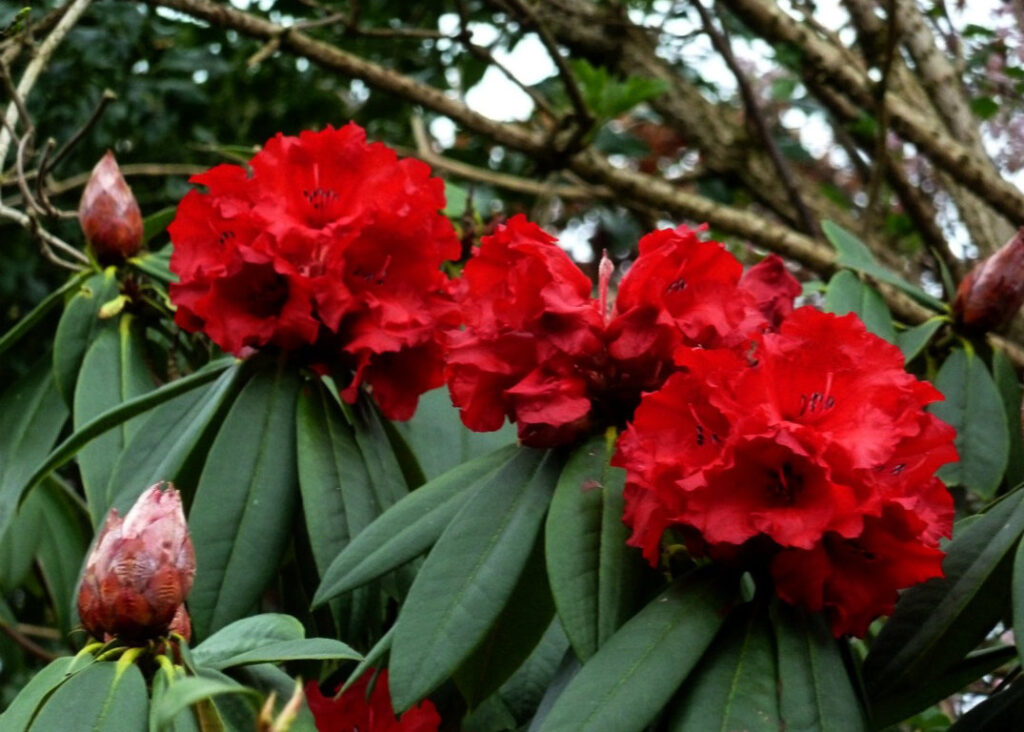
The sight of rhododendron forests in bloom is a true delight and adds a stunning visual element to your trek.
Lush Vegetation
The monsoon rains bring a burst of life to the region, resulting in lush vegetation along the trail. You’ll pass through dense forests of pine, oak, and various other trees. The forests are teeming with ferns, mosses, and other smaller plant species, creating a rich tapestry of greenery.
Medicinal Herbs
The Manaslu region is also known for its diverse range of medicinal herbs. The locals have a deep knowledge of the healing properties of various plants and herbs found in the region.

Keep an eye out for herbs such as Yarshagumba (cordyceps), a prized medicinal fungus that grows in high-altitude areas.
Fauna
Snow Leopard
The Manaslu Conservation Area is home to elusive and endangered wildlife, including the majestic snow leopard.

While spotting a snow leopard is rare and requires tremendous luck, knowing that this magnificent creature roams the region adds an element of excitement to your trek.
Himalayan Tahr and Blue Sheep
The rugged terrain of Manaslu is a habitat for the Himalayan tahr and blue sheep. These agile and sure-footed animals are often seen grazing on steep slopes and rocky cliffs.

Keep your binoculars handy to catch a glimpse of these fascinating mountain dwellers.
Himalayan Marmots
Look out for Himalayan marmots, playful creatures that inhabit the high-altitude meadows and rocky areas.
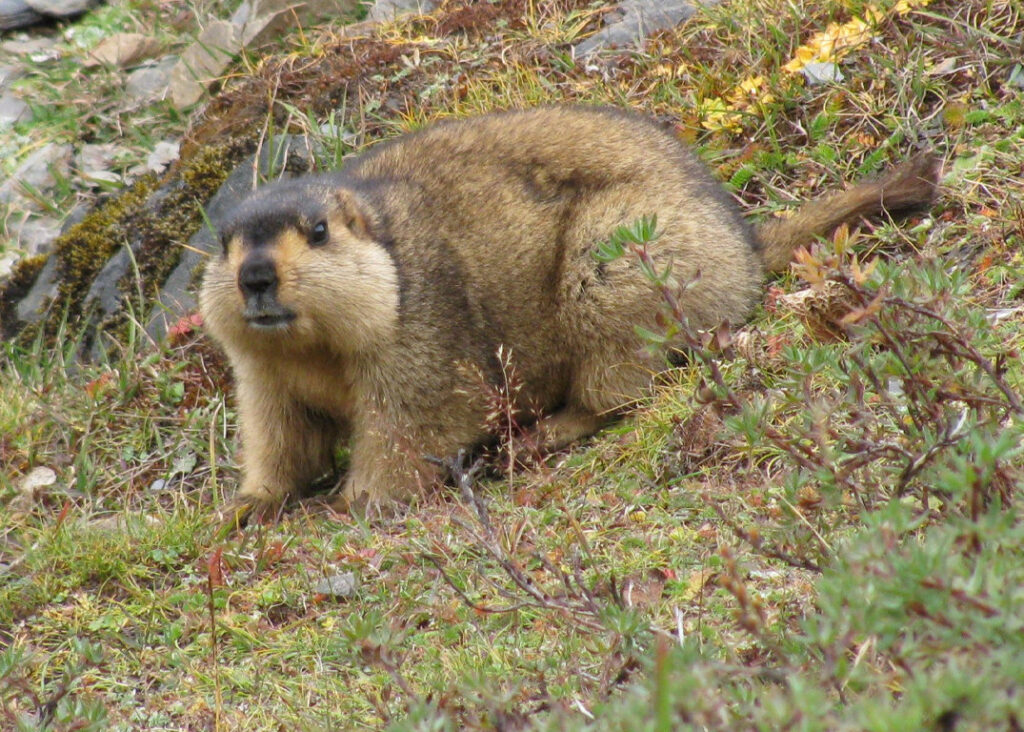
These furry rodents can be seen sunning themselves near their burrows or scurrying about in search of food. Their chirping calls add a lively soundtrack to the mountain landscape.
Birds
The Manaslu region is a haven for birdwatchers. You’ll encounter a variety of bird species, including the colorful Danphe (Himalayan monal), Nepal’s national bird. Other birds you may spot include the Himalayan griffon vulture, lammergeier (bearded vulture), snow pigeon, and various species of eagles, falcons, and warblers.
Butterflies and Insects
The diverse flora of Manaslu supports a rich population of butterflies and insects. You’ll find an array of butterfly species, with their vibrant colors fluttering through the meadows and forests. Additionally, keep an eye out for beetles, bees, dragonflies, and other fascinating insects that call this region home.
Also Check: Manaslu Trek in April: Weather, Difficulty, Travel Tips, and More
While trekking Manaslu in June, the lush vegetation and blooming flowers add to the beauty of the landscapes, while the chance encounters with wildlife provide a sense of adventure and connection to the natural world. Remember to tread lightly and respect the habitats of the flora and fauna you encounter, ensuring their conservation for future generations.
Surroundings and Landscapes
As you trek through Manaslu, you’ll be immersed in stunning natural beauty. The trail offers a diverse range of landscapes, from terraced fields and dense forests to high alpine passes and glacial valleys. The region is renowned for its unique blend of Himalayan and Tibetan cultures, which is reflected in the monasteries, chortens (Buddhist shrines), and prayer flags that dot the landscape.
Essential Gear for Manaslu Trek in June
Carrying the right gear is crucial for a successful trek. Some essentials include sturdy trekking boots, waterproof clothing, warm layers, a backpack, trekking poles, a sleeping bag, a first aid kit, a headlamp, and a water bottle.
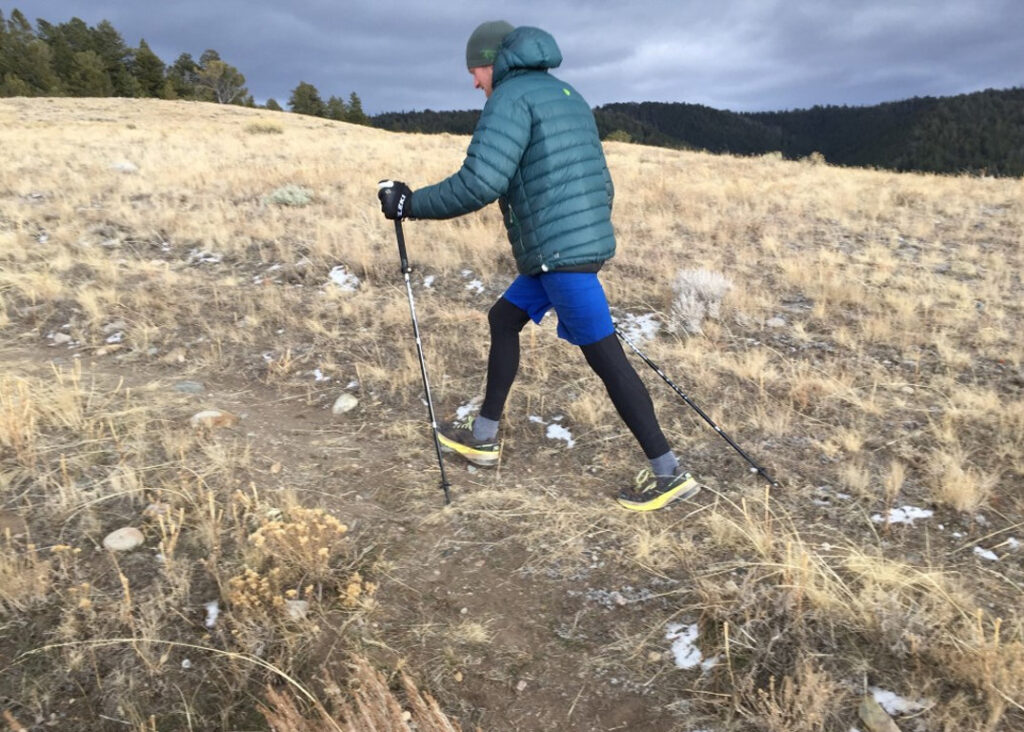
It is also recommended to have a good quality trekking map and a reliable guidebook.
Clothing Layers
Dressing in layers is key for trekking in variable weather conditions. In June, you’ll need lightweight and moisture-wicking base layers, insulating mid-layers, and a waterproof and breathable outer layer to protect against rain and wind.
Pack a mix of short and long-sleeved shirts, thermal tops and bottoms, fleece jackets, and a down or synthetic insulated jacket for colder temperatures.
Waterproof Gear
As June falls within the monsoon season, it is crucial to have proper rain gear. Invest in a high-quality waterproof jacket, rain pants, and a rain cover for your backpack.
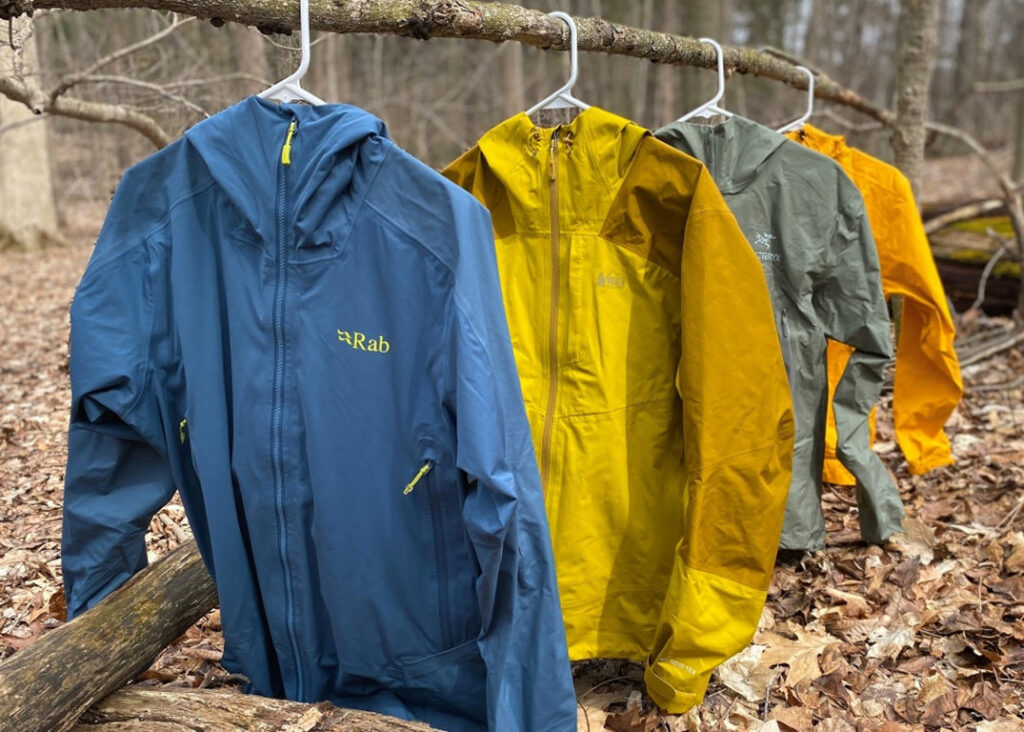
This will help keep you dry and comfortable during unexpected rain showers.
Trekking Pants and Shorts
Pack a few pairs of lightweight and quick-drying trekking pants.
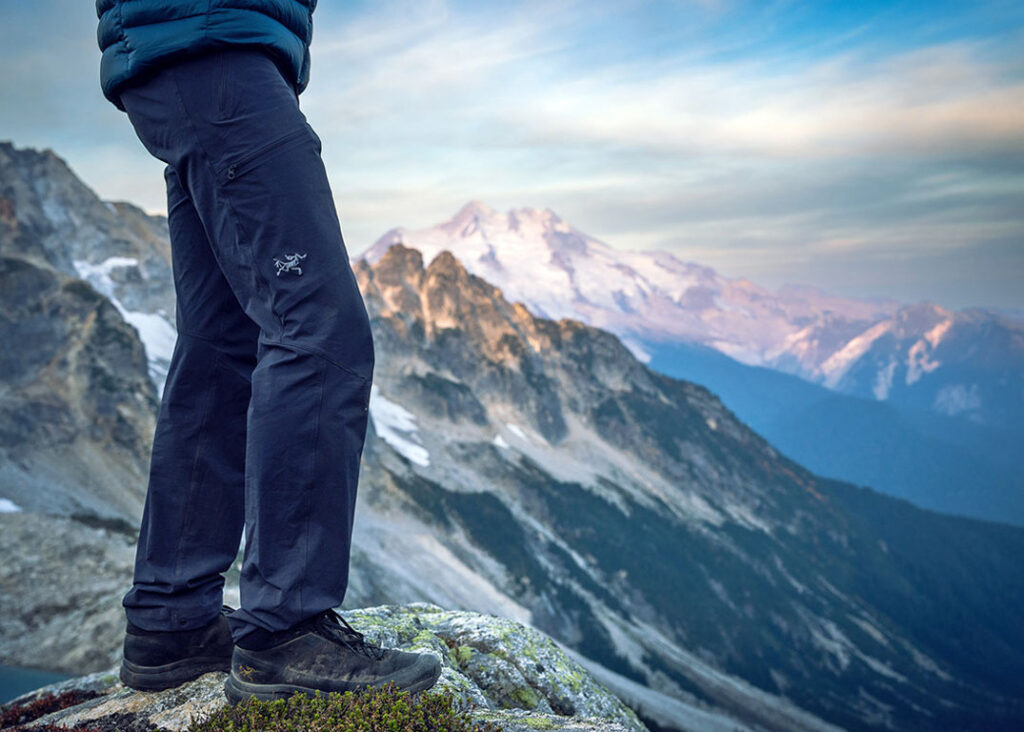
Convertible pants that can be zipped off into shorts are also practical for changing weather conditions and temperature fluctuations.
Headwear
Carry a wide-brimmed hat or a cap to protect yourself from the sun. Additionally, pack a warm beanie or hat to keep your head warm during colder days or at higher altitudes. Don’t forget to bring a buff or a neck gaiter to protect your face from dust, wind, and cold.
Gloves
Have a pair of lightweight gloves for mild weather and a pair of warmer, waterproof gloves for colder conditions.
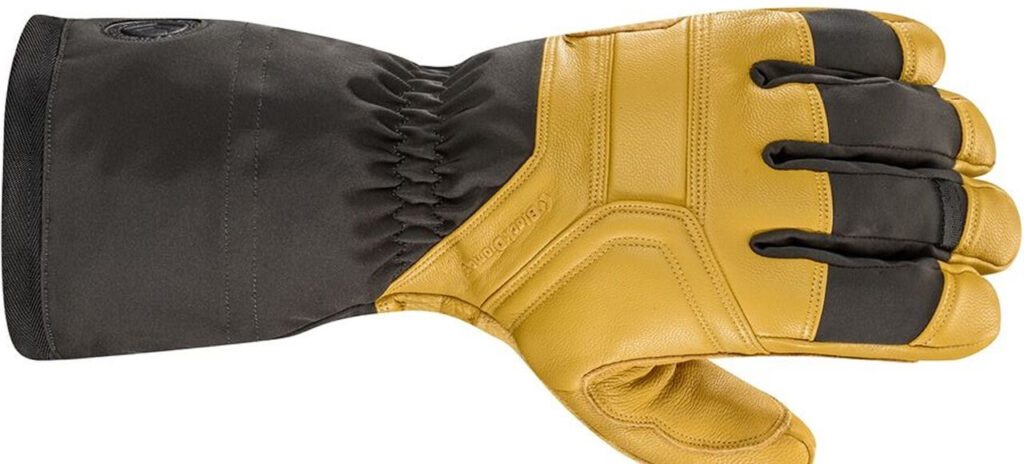
These will provide protection and insulation for your hands during higher elevations and colder days.
Socks
Pack a few pairs of moisture-wicking and cushioned trekking socks to keep your feet dry, comfortable, and blister-free. Carry an extra pair in case of emergencies.

Backpack
Choose a sturdy and comfortable backpack with a capacity of around 40-50 liters to carry your essentials. Make sure it has padded shoulder straps, a waist belt, and multiple compartments for organization.
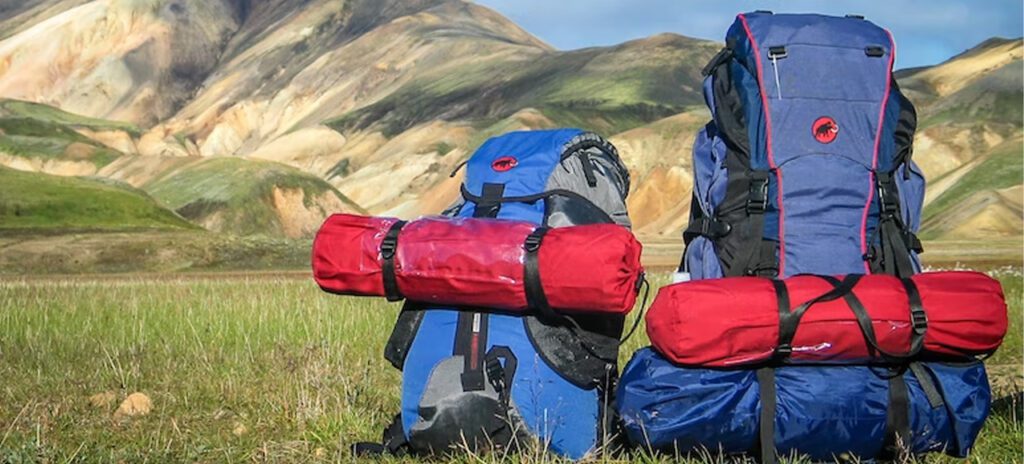
A rain cover for your backpack is also important to protect your gear from rain showers.
Trekking Poles
Trekking poles provide stability, reduce strain on your knees and joints, and help with balance during challenging sections of the trek. They are especially useful during steep ascents and descents. Consider investing in lightweight and collapsible trekking poles for ease of packing.
Sleeping Bag
Carry a good-quality sleeping bag suitable for temperatures below freezing. Even though June is not extremely cold, temperatures can drop significantly at higher altitudes, especially during the nights. Ensure your sleeping bag is lightweight and has the proper insulation.
First Aid Kit
Pack a basic first aid kit that includes essential items such as adhesive bandages, antiseptic ointment, pain relievers, blister treatments, and any personal medications you may need.
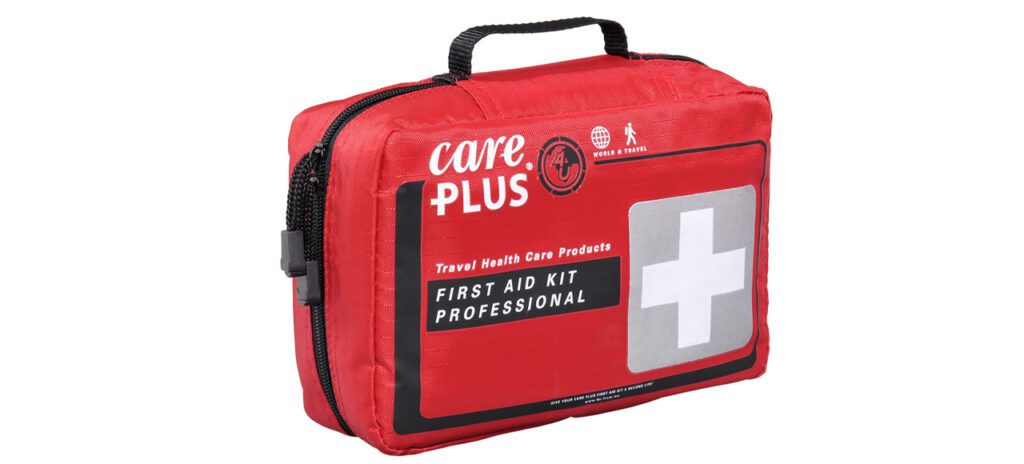
It’s also helpful to carry altitude sickness medication, just in case.
Other Essentials
Don’t forget to bring a headlamp with extra batteries, a reusable water bottle or hydration bladder, sunscreen, sunglasses, a trekking towel, a lightweight and quick-drying travel towel, toiletries, and a camera to capture the beautiful moments of your trek.
Remember to pack light and only carry the essentials to avoid unnecessary weight. Additionally, ensure that your gear is of good quality and well-maintained to withstand the demands of the trek. Proper gear will enhance your comfort, safety, and overall trekking experience in the Manaslu region.
Crowd and Festivals
Compared to popular trekking routes like Everest and Annapurna, Manaslu sees fewer trekkers, making it a great choice for those seeking a more remote and tranquil experience. However, even during the peak trekking season, the trail is not overcrowded.
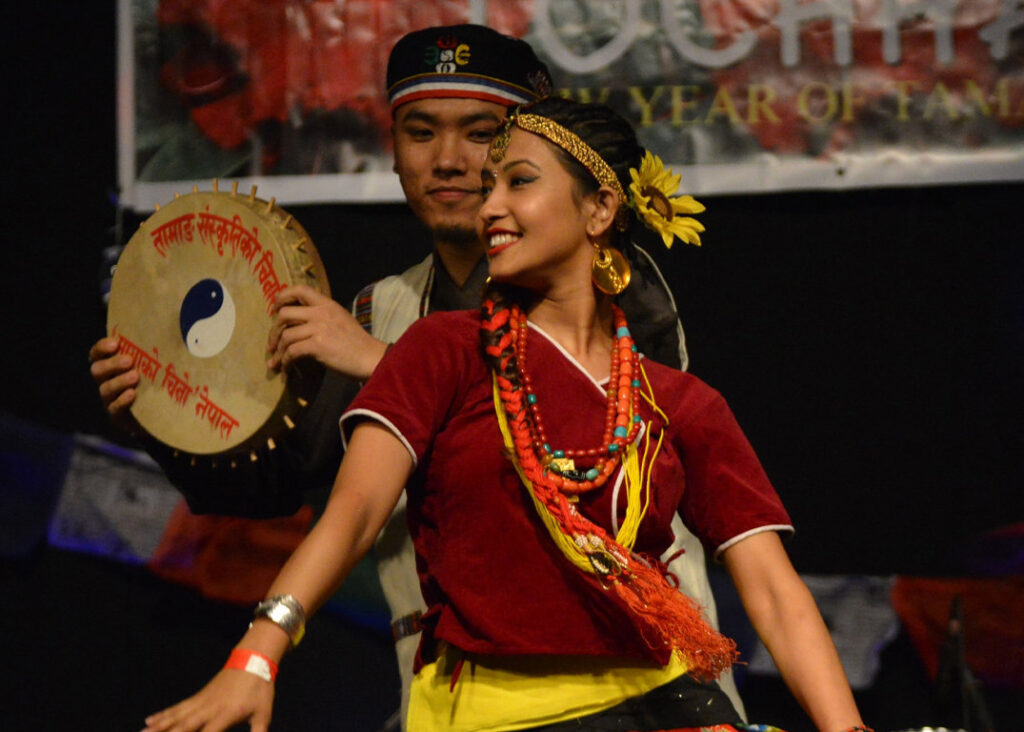
In terms of festivals, you might have the opportunity to witness local celebrations if your trek coincides with events like Lhosar (the Tibetan New Year) or other cultural festivals celebrated by the local communities along the trail. These festivals offer a glimpse into the vibrant traditions, music, dances, and rituals of the region.
Transportation from Manaslu to Kathmandu
Upon completing the Manaslu Circuit Trek, there are a few transportation options to return to Kathmandu. The most common route is to trek back to the trailhead in Dharapani and then take a jeep or bus to Besisahar.
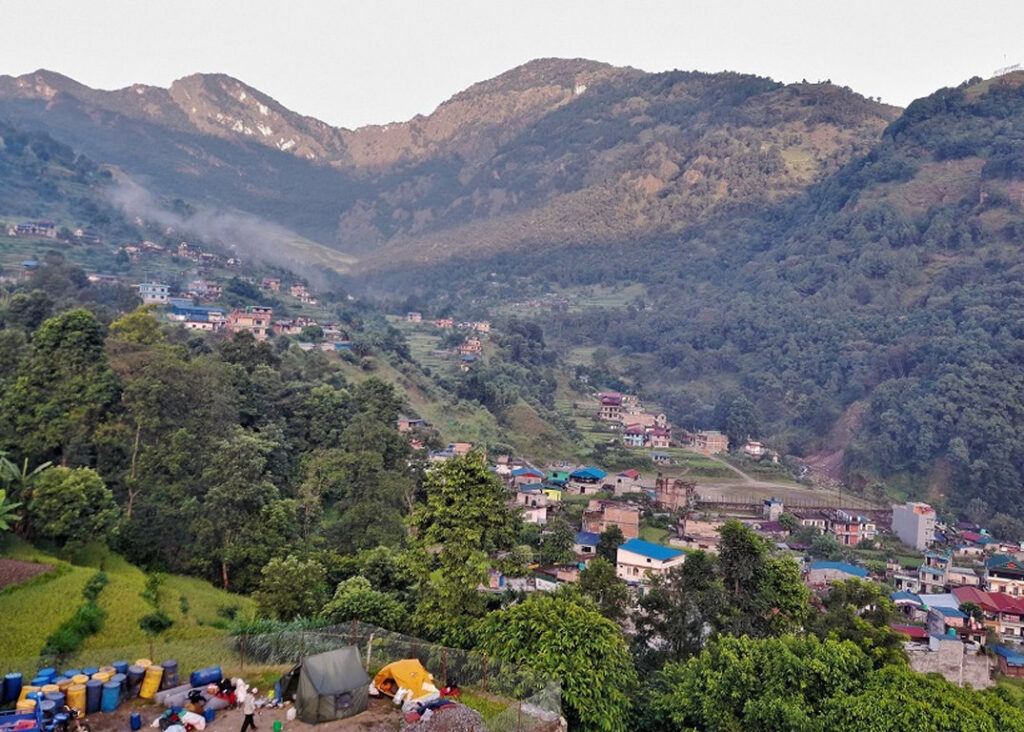
From Besisahar, you can catch a local bus or hire a private vehicle to Kathmandu. The journey takes approximately 8-10 hours, depending on road conditions and traffic.
Side Treks and Extensions
Manaslu also offers a few side trek options for those looking to explore more of the region:
Tsum Valley
Extend your trek to the mystical Tsum Valley, a sacred Himalayan pilgrimage valley known for its remote monasteries, ancient art, and fascinating cultural heritage.
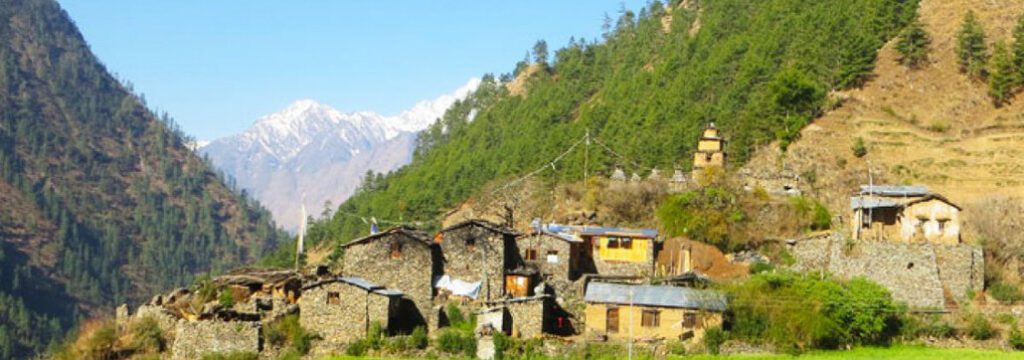
Pungen Glacier
Embark on a challenging but rewarding side trek to the Pungen Glacier. This trek takes you through a stunning landscape of icefalls, moraines, and glacial lakes, providing an up-close encounter with the awe-inspiring beauty of the Himalayas.
Difficulty Level
Trekking Manaslu in June presents a moderate to challenging level of difficulty. The trail involves steep ascents and descents, high-altitude passes, and rugged terrain. The trek requires a good level of physical fitness and acclimatization to the altitude.
It’s recommended to have prior trekking experience and be prepared for long days of hiking. Hiring an experienced guide and trekking with a reputable agency can ensure safety, navigation assistance, and support throughout the journey.
Let our expert team at Asian Heritage Treks and Travel take care of everything — from guided tours to personalized packing tips and travel arrangements.
Plan My Manaslu Trip







